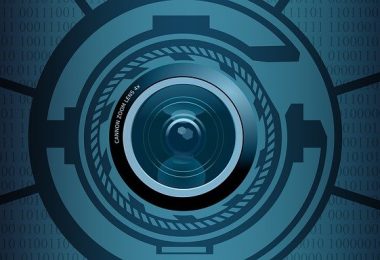As an electrician, you’re bound to have experienced a few shocks in the course of your career. Your loved ones too might have experienced a sudden shock. That’s why it is necessary that you check out these tips as they are essential and life-saving. You mustn’t panic and ensure that you can calm the other person down. Do not move them unless necessary and required. Call the emergency number immediately and until the ambulance gets there, implement/practice these tips until then.
1. Isolate
The first thing that you must do, under any circumstance, is to isolate the individual from the power source. As an electrician in Auckland, you’re bound to have come across your fair share of electrical accidents. More than that, you’re bound to have personally experienced electrocution yourself. The paramount item that you need to cross off your list, is to turn off the power. You can either turn it off directly and in case the plug is damaged, use a circuit breaker. But make sure that the power is turned off. But if you are not able to turn the power off, you can utilize wooden boards, dry newspapers, or even paper bundles as well as a long wooden stick, to try and separate the individual from the wire. This should aid in the recovery process. You can also use rubber doormats, broom handles as well. But you must make sure there’s no direct contact between the power source and the individual. And if it’s an accident, involving a car and a power line, instruct the passengers to stay in, until help arrives and to avoid touching the high voltage line at all costs.
2. Carry out First Aid
In case of sudden shock, chances are that the victim is bound to have his breathing pattern impacted. The first thing that you need to do is to carry out cardiopulmonary resuscitation or CPR to try and revive the victim. It should also be pointed out that the chances of a complete recovery are slim for those with underlying heart conditions.
3. Burns
If the patient has burns on his body due to the shock, then he needs to seek treatment immediately. As an electrician in Auckland, you’re familiar with the various kinds of burns, from friction, skin lesions to even frostbites. As an electrician, you’re aware that you can get anything from first-degree burns, second-degree to third-degree burns. These need to be attended to right away. For first-degree burns, you can use ointment but for third-degree ones, it requires advanced hospitalization. Keep in mind that an alternating current is infinitely more dangerous than a direct current as it causes your muscles to contract.
4. Assess
When it comes to providing someone who has been electrocuted with first aid and treatment, you need to assess their internal and external injuries first. Assessing internal injuries is easier said than done. And that’s why you should consult a doctor at the earliest. The doctor would advise you regarding the burns, internal injuries if any, and whether any hospitalization is required.
5. Treatment
When it comes to treating electric shock, burns are usually involved. The doctor would apply pain medication, apply the sterile dressing with ointment for burns along with treating any comorbidities. And depending on the severity of the electrical burn, the treatment is bound to take longer. And what’s more, it’s bound to leave a scar at the place of impact.
6. Post-treatment
Depending on the severity of the burn, and the shock, you may be required to attend a few post-traumatic sessions. This is usually mandatory in case of 3rd-degree burns, amputations, etc. You would be required to attend a few exercises, periodically and that’s it.
You need to follow through on these tips in case of sudden shock.







